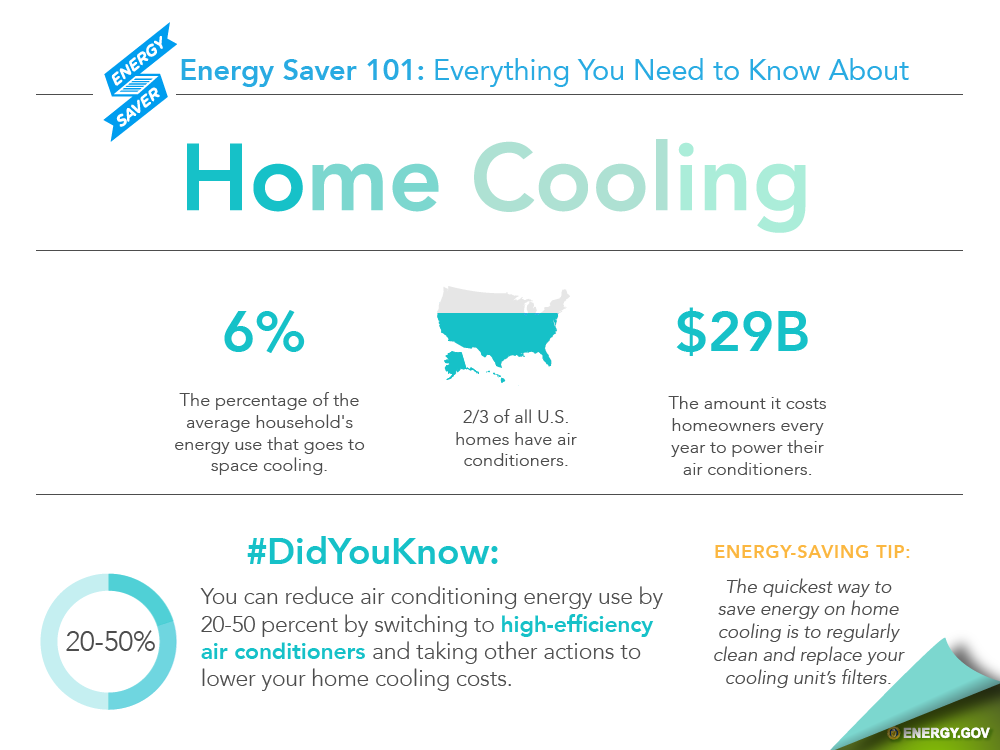The Ultimate Guide To Recognizing Heat Pumps - How Do They Function?
The Ultimate Guide To Recognizing Heat Pumps - How Do They Function?
Blog Article
Authored By-Junker Dickson
The most effective heatpump can conserve you substantial quantities of cash on energy expenses. They can likewise help in reducing greenhouse gas emissions, specifically if you utilize electrical energy in place of fossil fuels like propane and home heating oil or electric-resistance heating systems.
click here now as air conditioning unit do. This makes them a viable option to typical electrical home heating systems.
How They Function
Heatpump cool down homes in the summer season and, with a little aid from electrical energy or natural gas, they give some of your home's heating in the winter. They're a good alternative for individuals who intend to decrease their use of nonrenewable fuel sources yet aren't prepared to change their existing furnace and cooling system.
They rely upon the physical fact that also in air that appears as well chilly, there's still power present: cozy air is constantly relocating, and it wishes to move into cooler, lower-pressure environments like your home.
A lot of ENERGY celebrity licensed heatpump operate at near their heating or cooling capability throughout a lot of the year, reducing on/off cycling and saving power. For the best efficiency, concentrate on systems with a high SEER and HSPF ranking.
The Compressor
The heart of the heatpump is the compressor, which is additionally referred to as an air compressor. air conditioning solutions flowing gadget uses possible power from power development to boost the stress of a gas by reducing its quantity. It is different from a pump because it only services gases and can not work with liquids, as pumps do.
Read the Full Guide gets in the compressor via an inlet valve. It travels around vane-mounted arms with self-adjusting size that divide the inside of the compressor, producing several dental caries of varying size. The blades's spin pressures these cavities to move in and out of stage with each other, compressing the air.
The compressor pulls in the low-temperature, high-pressure cooling agent vapor from the evaporator and compresses it right into the warm, pressurized state of a gas. This procedure is repeated as needed to supply heating or cooling as needed. The compressor also includes a desuperheater coil that reuses the waste warm and adds superheat to the refrigerant, transforming it from its fluid to vapor state.
The Evaporator
The evaporator in heat pumps does the same thing as it does in fridges and ac system, transforming liquid refrigerant right into a gaseous vapor that gets rid of warm from the room. Heatpump systems would certainly not work without this critical tool.
This part of the system lies inside your home or structure in an interior air trainer, which can be either a ducted or ductless unit. It includes an evaporator coil and the compressor that presses the low-pressure vapor from the evaporator to high pressure gas.
Heatpump soak up ambient warm from the air, and after that use power to move that warmth to a home or service in home heating mode. That makes them a whole lot more power effective than electrical heaters or furnaces, and since they're using tidy electrical power from the grid (and not burning gas), they likewise generate much fewer emissions. That's why heat pumps are such fantastic ecological choices. (And also a substantial reason why they're coming to be so preferred.).
The Thermostat.
Heatpump are wonderful alternatives for homes in cold climates, and you can use them in mix with traditional duct-based systems and even go ductless. They're a wonderful alternative to fossil fuel furnace or typical electrical heaters, and they're more sustainable than oil, gas or nuclear HVAC devices.
Your thermostat is one of the most important component of your heat pump system, and it functions extremely in a different way than a standard thermostat. All mechanical thermostats (all non-electronic ones) work by using materials that change dimension with enhancing temperature level, like curled bimetallic strips or the expanding wax in a cars and truck radiator valve.
These strips consist of two various kinds of steel, and they're bolted together to form a bridge that completes an electrical circuit linked to your HVAC system. As the strip gets warmer, one side of the bridge expands faster than the various other, which triggers it to bend and signify that the heating system is needed. When the heat pump is in heating mode, the reversing valve reverses the circulation of cooling agent, so that the outside coil currently works as an evaporator and the indoor cyndrical tube becomes a condenser.